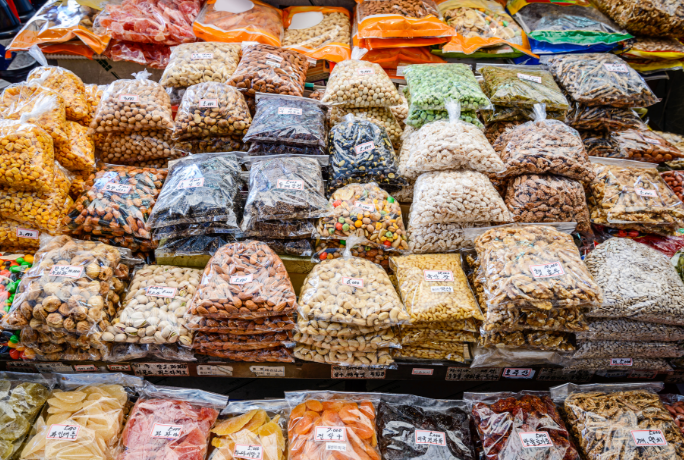
How to set up an online grocery store
Groceries account for the largest and most consistent portion of every Indian family’s budget. As a result of the pandemic and the consequent lockdowns, people do not want to spend hours shopping at their local grocery store and prefer to do their grocery shopping online. Therefore, online food market has been seeing tremendous growth in the last few years. The increasing internet penetration rates and the rise in smart phone use are also some of the main reasons for the growth of online grocery selling sites in India. Because the potential for growth is so great, many foreign corporations are investing in this sector.
Therefore, now is the perfect time to venture into this field of business and sell grocery online in India.
Here are the steps to follow while setting up an online grocery store:
1) Registration
Once you have made the decision to start an online grocery store, you should start with the registration process. You can either register your food store as a sole proprietorship or a partnership. It is advisable to contact tax consultants or chartered accountants to help you finish the registration process effectively.
To start an online grocery store in India, you’ll need the following licenses and permits:
Food Safety and Standard Authority of India (FSSAI) Licence and Registration, Shop Act registration and GST registration.
2) Determine who your target audience is
Determine the food habits of the residents in your area of operation. It will assist you in identifying high-demand items and stocking them ahead of time. The number of homes with young and educated members is another essential information that will help you in your business. Determining your target audience will also help you come up with innovative grocery business ideas that will help you stand out from competitors.
3) Inventory management
It is critical to work on inventory management when running an online grocery store. There are two methods for keeping track of your inventory.
a) Store goods in your own warehouse
or
b) partner with local grocery retailers and wholesale suppliers
The warehouse can be used to store things for which you may receive online orders. It should be as close as possible to your operational area.
There are many MSME food processing training programs which will give you the necessary guidance to effectively manage inventory.
4) Financing
Grocery stores typically operate on thin profit margins, ranging from 2 to 5%. As a result, your funding capital should be sufficient to cover all expenses. Because you have to transport the things to customer’s homes, you have to additionally account for delivery fees. Food processing training programs are very helpful as they provide the necessary guidance on how to manage finances if you are an MSME.
5) Set up an online grocery store
To set up an online store, you can create a website or join an eCommerce platform like Flipkart. Picking up and delivering items is easy with Flipkart’s 200+ pick-up and delivery hubs and 10,000 delivery agents. Flipkart collects data on an array of topics to help you figure out what products are in high demand, industry trends, which products sell better, and so on.